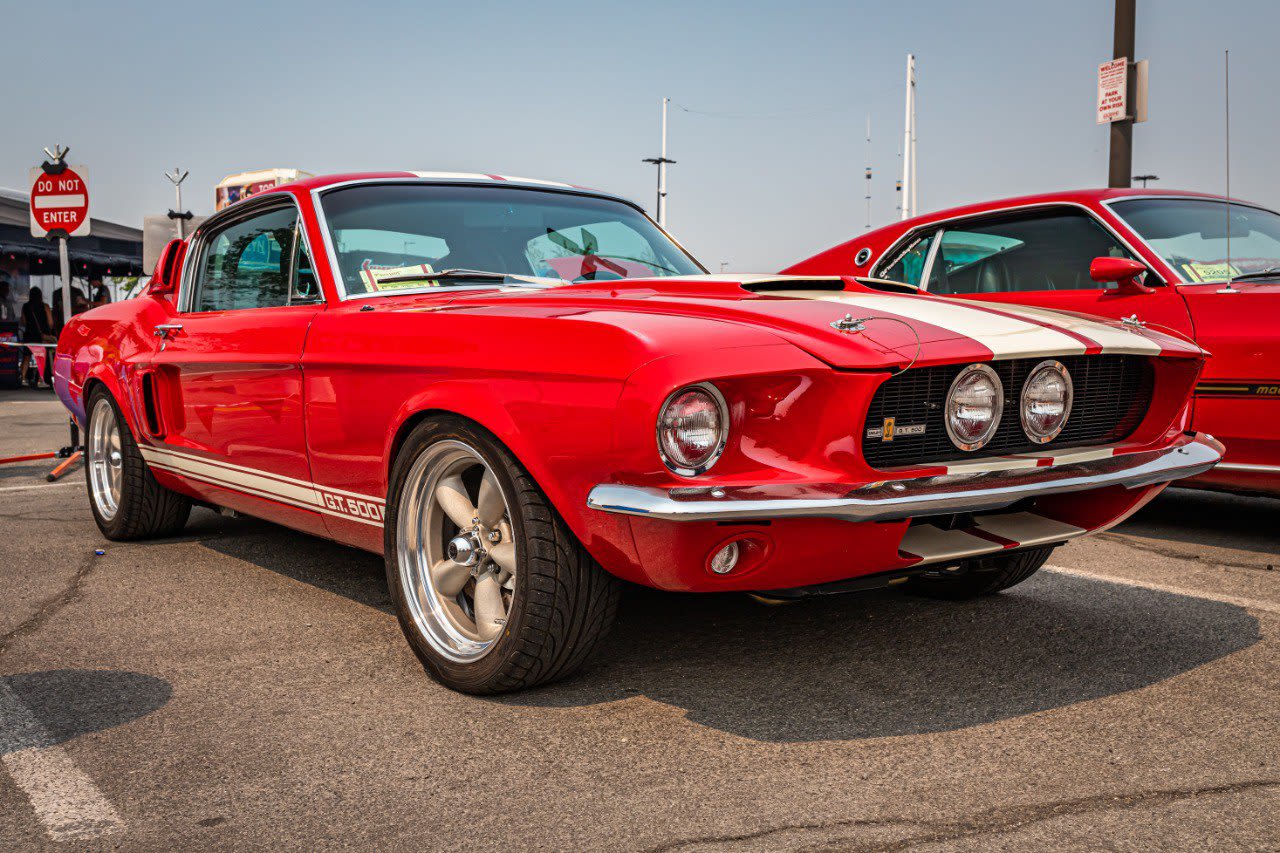Owning a classic car or a custom-built vehicle is more than just a hobby, it’s a deep passion. Every chrome detail, every stitch in the upholstery, and every bit of horsepower under the hood reflect hours of dedication and, often, a significant financial investment. Whether it’s a meticulously restored vintage muscle car or a modern electric conversion, protecting that investment requires more than just careful maintenance. It also means having the right insurance, especially when you take your ride beyond the border.
Car enthusiasts often underestimate the unique insurance needs of classic and modified vehicles. These machines don’t fall into the standard vehicle category, and treating them like everyday cars can lead to costly mistakes. Before you hit the road, especially if you plan on crossing into Mexico, it’s crucial to understand the coverage you need to protect your pride and joy. If you’re looking for reliable and specialized advice for driving south of the border, be sure to reach out to Oscar Padilla Mexican Insurance for tailored guidance that fits your vehicle and travel plans.
Why Modified and Restored Cars Need Special Insurance
Before we dive into policy specifics, it’s important to understand why these vehicles require specialized insurance in the first place. A classic car or a fully customized build holds a value that often far exceeds its standard price. That’s because the market value doesn’t reflect the time, effort, or custom parts that went into the project.
Standard insurance policies are usually based on actual cash value or replacement value, which won’t cover the full extent of your investment. For restored or modified vehicles, an “agreed value” or “stated value” policy is the better option. This allows you and the insurer to determine a set value for your vehicle, ensuring a payout that accurately reflects its true worth in the event of a claim.
What Happens When You Take Your Custom Car Across Borders?
Driving a specialty vehicle internationally brings in another layer of complexity. The moment you cross into another country, your domestic auto insurance is no longer valid. This is especially critical when entering Mexico, where local law requires a separate Mexican insurance policy.
Let’s say you’ve spent months working with a restoration shop like http://www.chimeramotors.com/ to bring a forgotten classic back to life or even outfitted it with a sleek electric drivetrain. You wouldn’t want to risk that investment on unfamiliar roads without proper protection. The right insurance policy ensures you’re covered for liability, theft, and damage, both to your car and to others.
And remember, if your vehicle is modified in any way, be it a suspension upgrade, performance engine, or non-factory paint job, those changes must be declared. Failing to disclose modifications can lead to denied claims and major out-of-pocket expenses.
The Importance of Documenting Your Build
Another common pitfall for classic car owners is poor documentation. Whether you’ve restored a vehicle yourself or purchased one already modified, documentation is your best friend. Insurers want to see proof of the car’s condition, value, and modifications.
This doesn’t mean a one-page receipt from a shop. We’re talking detailed build sheets, high-resolution photos, and even videos if possible. These records help verify your vehicle’s worth and ensure the agreed value is based on facts, not assumptions.
It’s also smart to update this documentation regularly, especially after any significant upgrades or repairs. Think of it as a digital history book for your car, one that could make all the difference in getting the payout you deserve.
Finding an Insurer That Understands Classic Cars
Not all insurance providers are equipped to handle the intricacies of classic and modified cars. It’s important to choose a company that has experience in this niche and understands the difference between a show car and a daily driver.
Look for policies that offer flexibility, such as limited mileage discounts, garage storage benefits, and special provisions for spare parts. Some even offer coverage for tools or trailers if you regularly transport your car to events.
When traveling internationally, it’s even more important to work with someone who understands local laws and cross-border policies.
EV Conversions and Insurance Red Flags
Electric vehicle conversions are growing in popularity, especially among environmentally conscious car enthusiasts. But these types of modifications can be a double-edged sword when it comes to betking88 insurance. While they may enhance the car’s value and performance, EV swaps also introduce new risks and legal gray areas.
Some insurers may not have clear policies for electric conversions, leaving gaps in coverage. It’s essential to ask questions, lots of them. Will the battery system be covered in case of a fire? Are the electric components considered OEM or aftermarket? Does your policy recognize the new powertrain, or is it still treating the vehicle as a gas-powered original?
Getting these answers upfront prevents surprises later. It’s also a good idea to make sure your chosen insurance partner is comfortable handling non-traditional builds and has a history of working with EV swaps and other modern enhancements.
Final Thoughts
Whether you’ve lovingly restored a vintage coupe, transformed a truck into a rolling piece of art, or electrified a retro classic, one thing is clear: your vehicle deserves thoughtful, comprehensive protection. A standard insurance policy might work for a commuter car, but it’s rarely enough for something custom-built or irreplaceable. Taking the time to document your build, declare your modifications, and select a policy that reflects the true value of your car can save you thousands in the long run. When your vehicle is more than just transportation, when it’s a part of your identity, only the right coverage will do it justice.
